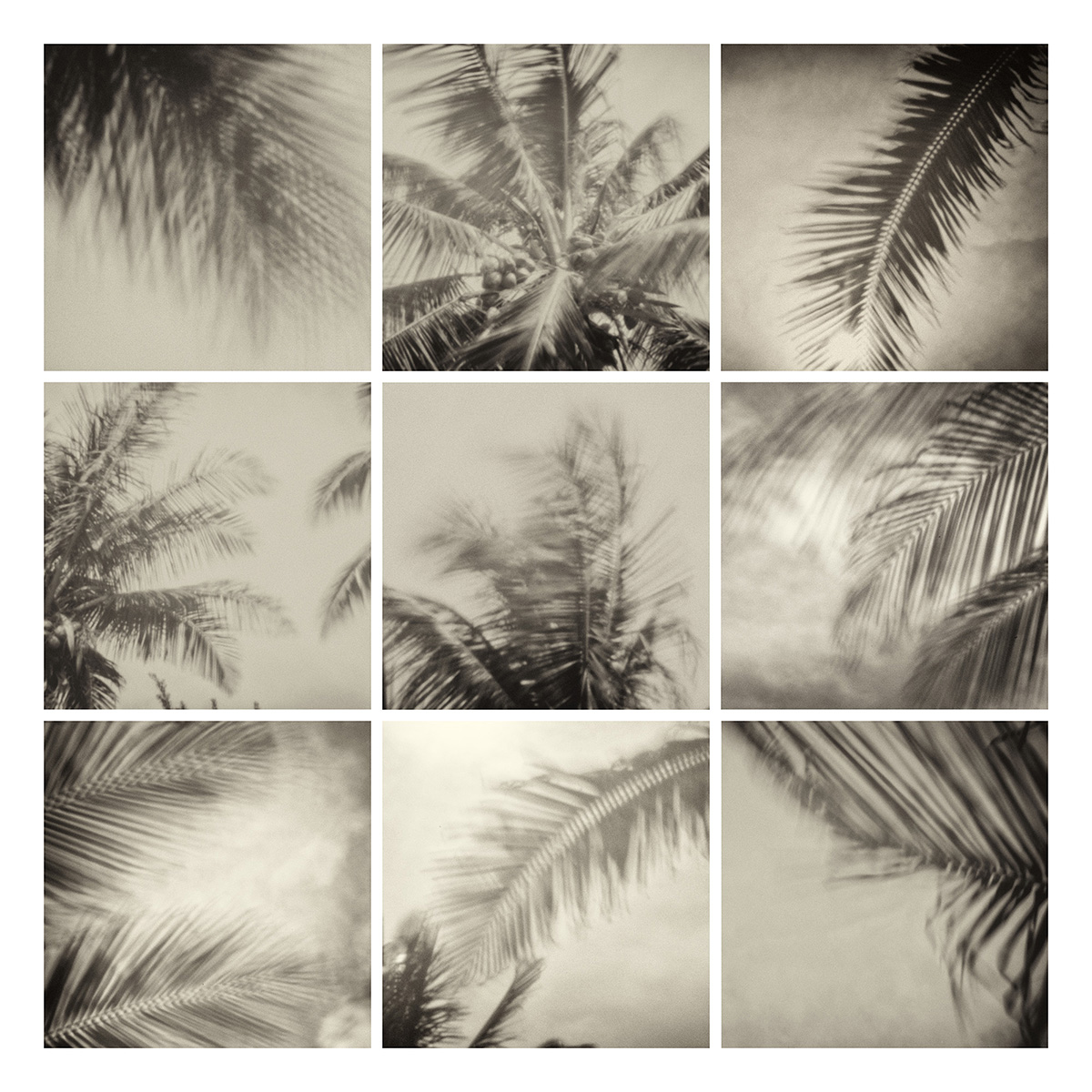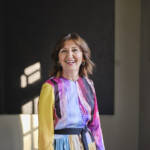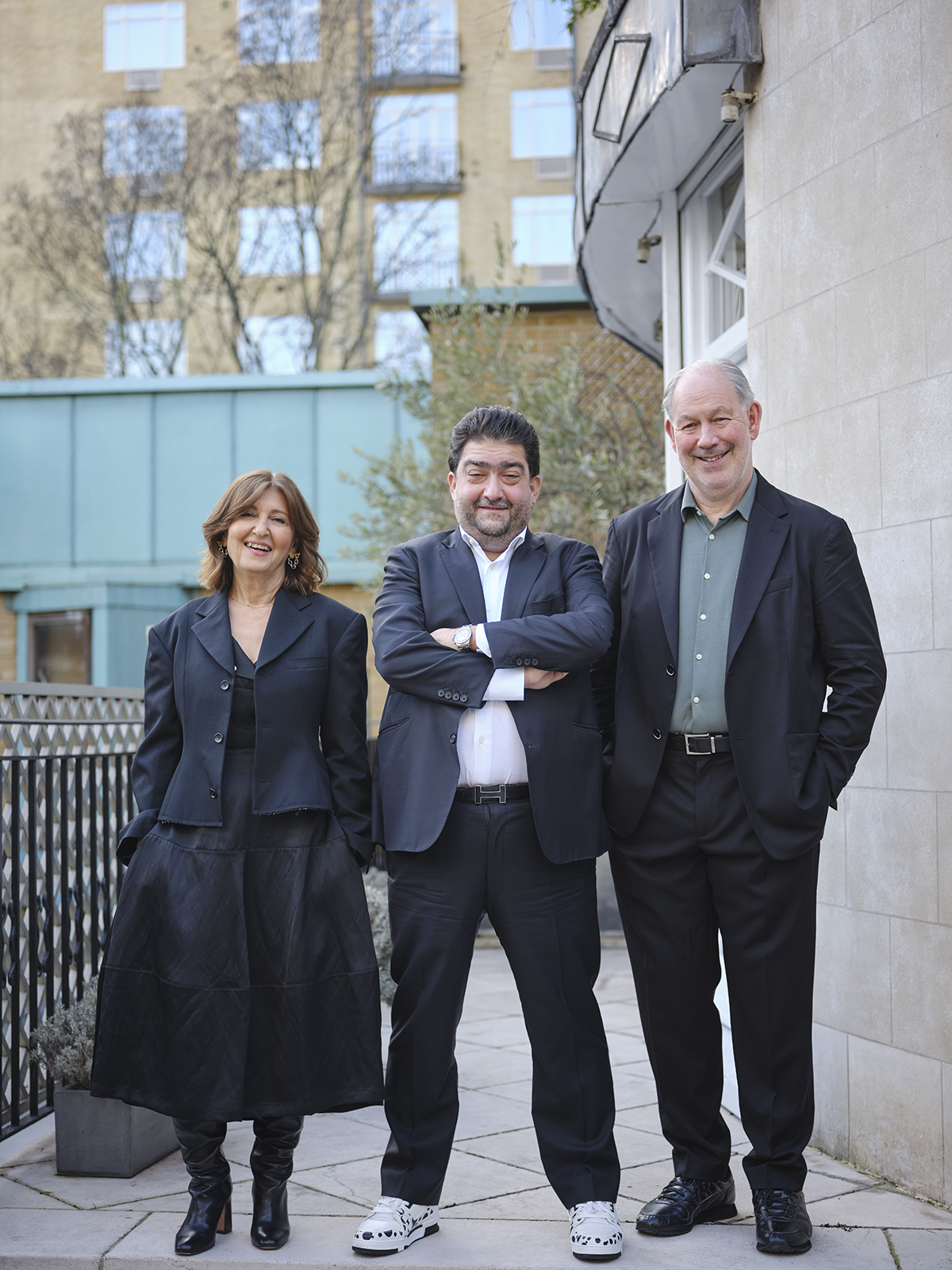
Estenopeica Digital I by Javier Hinojosa, 2022
Fariba Farshad is co-founder of Photo London which since its inception eight years ago has become one of the most respected photography fairs in the world. This year’s edition is the strongest yet with 125 exhibitors from 56 countries worldwide and a sponsorship portfolio that includes the Royal Bank of Canada as Principal Partners and Belmond as Presenting Partners. Here, Farshad speaks to LUX about the future of the fair and her latest curation project, Fotografìa Maroma- an exhibition commissioned to capture the environmental beauty of the Riviera Maya in Mexico where Maroma, A Belmond Hotel, will reopen later this year

Fariba Farshad © Laura Pannack
LUX: How did the Fotografía Maroma project come about?
Fariba Farshad: I was asked to curate a show featuring a group of important Mexican artists. I was delighted to be asked, but at the same time a little challenged by the idea. I understand and love Mexican photography. It has a rich photographic tradition and is an increasingly important market for contemporary photography with a lot of good artists who are represented internationally by important galleries – but for me to visit and work with a culture that I don’t come from myself was a big undertaking. So it was great to be able to collaborate with Patricia Conde who has one of the most known photography galleries in Mexico.
Between us we selected four artists: two very established artists, one who had been working in very different industries including advertising and one young emerging photographer. We asked them to travel to Maroma, to Riviera Maya, and develop their own artistic responses to the wild beauty of the pristine Mayan environment. As for the images, the brief was completely open. Moreover, they were only given two weeks to work in the area and to work with the natural surroundings. It was not necessarily the best time of year – not exactly ‘beach weather’, which was interesting because most of the time the weather there is fantastic! Of course, it was a professional assignment, not a holiday. They were supported by a fixer and the hotel, and they were free to work wherever and however their inspiration took them.

Horizonte I by Margot Kalach, 2022
LUX: What do you find particularly interesting about the Rivera Maya?
FF: What is particularly interesting is that the four artists found themselves in a wild and unusual working environment. Not at all in their comfort zone. Patricia Lagarde, for example, is very much an established artis whose practice is studio based. Asking her to work in a different, even awkward state was a very interesting challenge for us and for her. All of them were the same in a way, like Patricia, they were mostly studio-based. Javier Hinojosa, is a highly regarded artist whose studio- made portraits in black and white justly famous, He was sent to work in the wilderness and we were fascinated to see what he came back with. The same was true of Ilan Rabchinskey who says of his minimalist studio practice ‘My aspiration is to achieve simplicity’ For him working with nature meant ‘managing uncontrollable factors’. The result was a series of, creating 3D objects allowing the beautiful natural light of the place to create a play of shadows and then photographing the results. The final member of the group was a talented emerging artist Margot Kalach, who was interested in working with light to create digital artworks.
Follow LUX on Instagram: luxthemagazine
The other interesting aspect was the time frame. It was the first time that I have worked with artists and commissioned new work with such an intense deadline. I actually think the reason it worked so well was because they didn’t have too much time to edit the result, and therefore it was very continuous and very creative. I am really delighted by the result.

Trapping the Moon by Patricia Lagarde, 2022
LUX: What did the artists create?
FF: Patricia ended up capturing the moon by spreading a piece of white cloth and taking the photo of that reflection, and then hanging it in the wind before photographing it again. It was a performance installation piece in photography; fantastic and totally different to anything she’s done before.
Javier took these amazing photographs of the waves in one series and plants in another He then deconstructed the images and reassembled them into grids of eight pieces and in doing so created a completely new image. I found his process fascinating. He used his iPhone on the water, creating a pinhole with his phone, and used all sorts of experimental ways of dealing with technology, different cameras as well as the phone to create new images. He had not worked this way before this commission.

Drift and Direction from A Vessel for the Sun by Ilán Rabchinskey, 2022
Ilán took 3D objects from his studio to the beach and positioned them, waiting for one set of shadows to be created by the wind, the water, and the beach, letting nature take over the process of painting with light.
I was really excited to see what Margot, would come up with using digital technology. In fact, she chose to create a pinhole camera using a paintbox. She basically turned her bathroom into a darkroom, and the result was absolutely amazing: the sort of large print that uses the depths and the dreamy capture of the water. She totally went for very early technology rather than pursuing her in-studio high-tech approach. It was fascinating and she absolutely loved it. I think it is going to have a very long lasting effect on her work.
Fotografia Maroma, the show they made together, opened at Art Basel Miami Beach in the design district in December, then went to Mexico during Zona Macao, and is now coming to Photo London.

A Particle, A Wave from A Vessel for the Sun by Ilán Rabchinskey, 2022
LUX: This year’s Photo London has seen a significant evolution and in fact a couple of significant new partners and sponsors. Could talk us through that?
FF: Photo London 2023 is our 8th edition. It has grown stronger with each passing year. Even when the pandemic hit in 2020 when we were two months out from the Fair, we took the opportunity to develop our Academy programme of talks and launch a successful online magazine (now in its 100th edition) and ran a fantastic and very successful online Fair in September 2020. Our partnership with Nikon was sealed during the pandemic and we took that to be an important endorsement of the strength of Photo London.
This year we have three new partners: Hahnemuhle came on board earlier in the year and with them we launched a new Photo London Hahnemuhle student award; we just released the shortlist for this. We are also continuing our Emerging Photographer of the Year Award with Nikon. Belmond have come on board as Presenting Partner having successfully partnered with us on Fotografía Maroma. And finally the most recent addition to our partnership portfolio is the Royal Bank of Canada, who recently became our Principal Partners. They are planning a great series of activations this year. They have a strong tradition of collecting and supporting emerging artists so in many ways are the perfect partners for Photo London. We are really looking forward to working with them and developing this relationship. These are very significant changes for Photo London. This fantastic group of sponsors shows how Photo London has really established itself as a key cultural event both in London and internationally.

Horizonte II by Margot Kalach, 2022
LUX: Between 2015 and now, pandemic notwithstanding, have you seen a noticeable shift in consciousness among photography collectors?
FF: Certainly, during the pandemic some galleries did good business. Photography collectors are always very cautious, taking their time, doing the research, looking around, and so the online presence of galleries sort of suited them. They were actually very active.
Read more: Sam Dalrymple and Durjoy Rahman On Cultural Reconnections Post-Partition
I think we see very much a shift towards contemporary, younger collectors, in London especially, and that is exactly what we have been working on for the last eight years. We wanted to look to the future and create a platform for future photography, because photography is based on a continual process of experimentation and reinvention fuelled by fast-moving technology. It’s a relatively young medium, changing rapidly, and is finding its way through all sorts of directions. Our vision has always been to create a platform for younger galleries, younger artists, and, alongside that, educate and develop a pool of younger collectors.

Photo London founders Fariba Farshad (left), Michael Benson (right) with new director Kamiar Maleki
But overall, the art world changed so much after the pandemic, and many galleries found it more difficult to sustain themselves. Some moved to smaller places, some worked online. Everything in our world is generally shifting and still hasn’t quite returned pre-pandemic levels, though this year’s Fair shows that we are almost there. As a business, as a Fair, you absolutely need to be conscious of all these changes and create space for the opportunities they bring.
Photo London, Somerset House, London, 11th-14th May 2023








